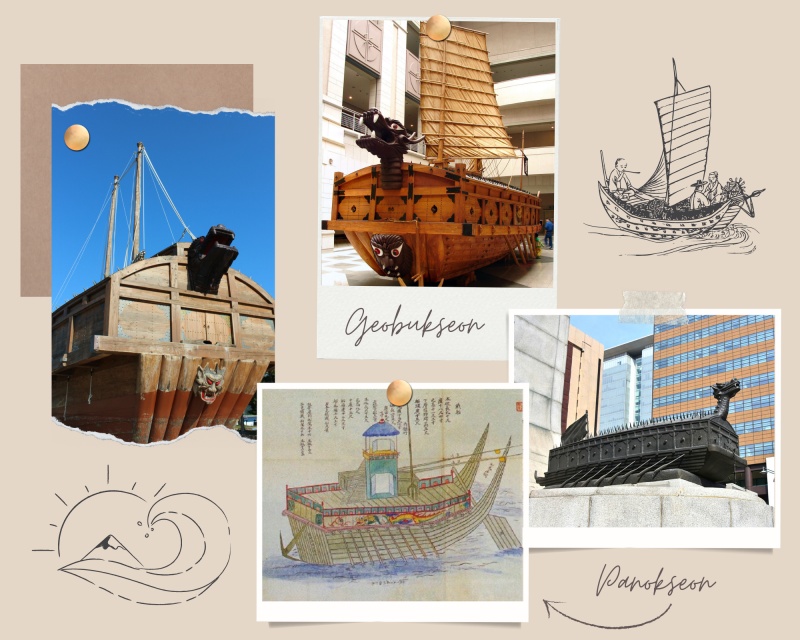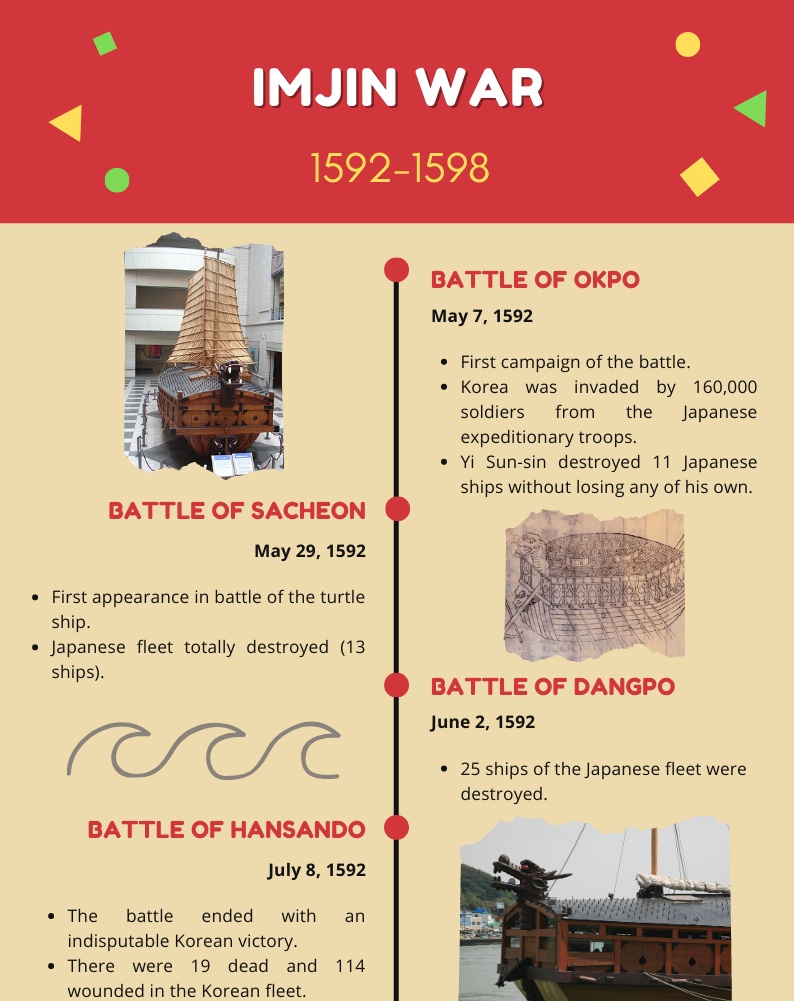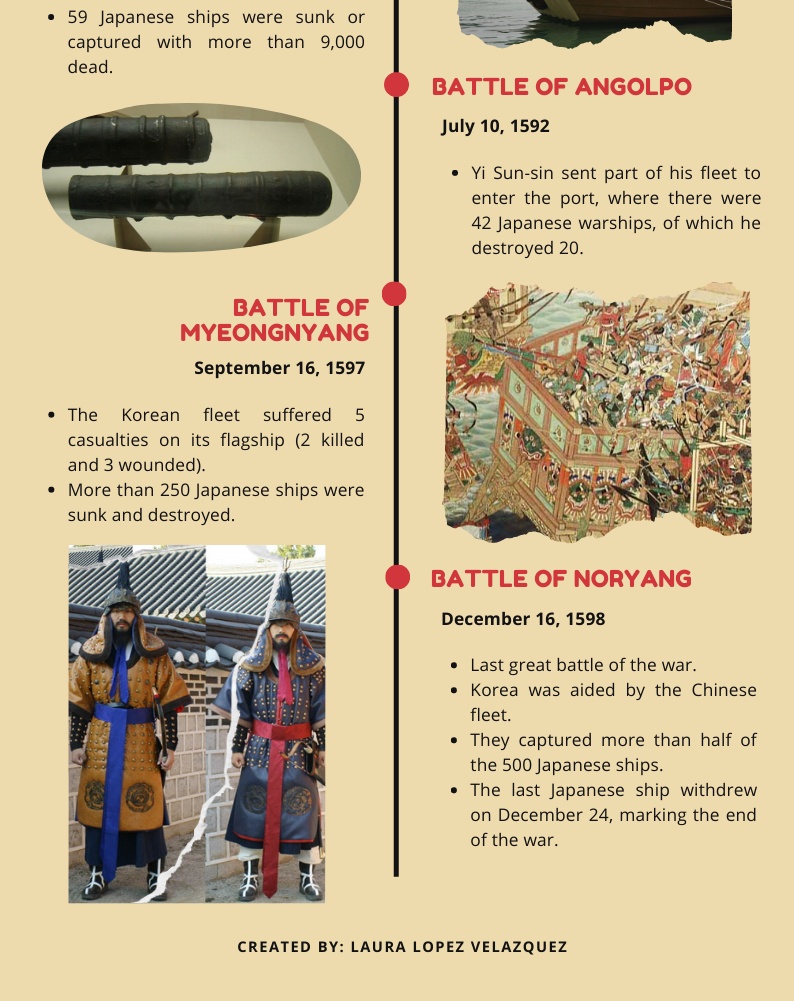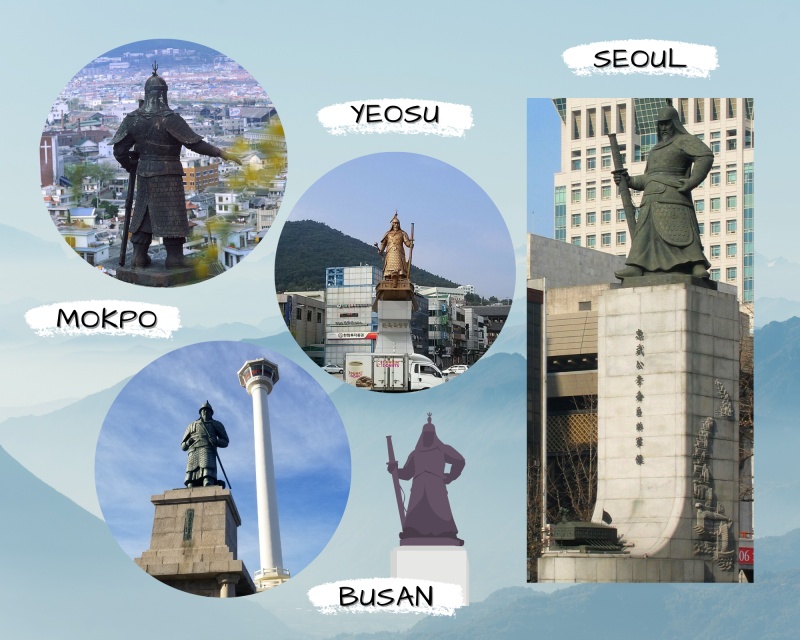- 한국어
- English
- 日本語
- 中文
- العربية
- Español
- Français
- Deutsch
- Pусский
- Tiếng Việt
- Indonesian
By Honorary Reporter Laura Lopez Velazquez from Mexico
Photo = Laura Lopez Velazquez
To mark March First Independence Movement Day, I would like to discuss Korea's greatest military hero who fought Japan in the 16th century. Legendary hero Yi Sun-sin was born on April 28, 1545, in Seoul. From childhood, he showed interest in weapons and the desire to be a soldier to defend his homeland. His parents, however, wanted him to continue the family tradition of literary scholarship, so he studied Chinese history and philosophy.
In 1566, he decided to be a military officer and began studying military science. Six years later, he took the officer selection exam but failed because of a broken leg. He eventually joined the military in 1576. In 1591, Yi, 46, was appointed admiral of Jeolla Province's western fleet.
He trained forces under his command and sought to improve the efficiency of maritime defense, introducing firearms onboard vessels. One of his basic teachings was "No invader from the sea can obtain final victory unless he can completely control the sea."
Innovative vessels

These replicas and monument are of the turtle ship and the design of the Panokseon. (Pixabay free license, Edited by Laura Lopez Velazquez)
Yi analyzed the past and present naval actions of the Joseon (Korean) and Japanese navies, and used this knowledge to design the Geobukseon, or the armored "turtle ship." Though many say Yi invented it, this type of ship had been around on the Korean Peninsula since the 15th century. The true star of Korean naval battles, however, was the Panokseon, a sailing and rowing vessel used for combat and called the backbone of the Joseon navy. The funds to build both this vessel and the turtle ship came not from the monarchy but from the admiral, thanks to his passion for protecting the nation.
Naval campaigns
In the 1592-98 Imjin War, Japan sought to conquer Korea first and eventually use it as a base to take over China. In 1592, Yi and his fleet defeated the Japanese navy in successive battles, forcing the enemy to retreat. Yet Japan invaded again in 1597. The following image shows some of the many battles of that time.


Chronology of several battles led by Admiral Yi Sun-sin, with the dates according to the lunar calendar (Wikimedia Commons, Edited by Laura Lopez Velazquez)
'Miraculous' victory
During the Battle of the Myeongnyang Straight, the Joseon navy had just a dozen ships against 333 Japanese vessels. For this reason, Yi decided to fight in the strait, using a decoy ship to lure the enemy fleet. The Japanese navy believed that the Korean fleet was assembled in the strait, but due to the area's geographical conditions and strong currents, Japanese ships could not maneuver and collided with one other. This victory by Yi is considered one of the greatest military feats of all time.
Tragically, the admiral was killed in 1598 in the war's final battle by a stray bullet. His last wish was for a shield to cover his body to avoid discouraging his troops during the battle.
Numerous honors
After his death, Yi was honored by the Korean royal court with a multitude of titles and decorations. Many shrines and monuments in Korea are dedicated to him including the most famous one at Gwanghwamun Square in Seoul and others in Busan and Yeosu and Mokpo of Jeollanam-do Province. "Nanjung Ilgi" (War Diary of Admiral Yi Sun-shin) in 2013 was added to UNESCO's International Memory of the World Register. The diary was written during the Japanese invasions and describes the fighting and his opinions and feelings.

The statue of Admiral Yi Sun-sin has a sword in his right hand representing national defense and patriotism. (Pixabay free license, Edited by Laura Lopez Velazquez)
enny0611@korea.kr
*This article is written by a Korea.net Honorary Reporter. Our group of Honorary Reporters are from all around the world, and they share with Korea.net their love and passion for all things Korean.